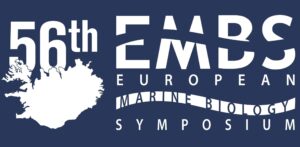Sissel Jentoft
Keynote
Since I started working at the Centre for Ecological and Evolutionary Synthesis (CEES), the University of Oslo (UiO) in 2009, my main research interest has been within marine comparative genomics, behavioral and functional genomics as well as population genomics. I use recent advancement in high-throughput sequencing technologies to understand how genomes are influenced by adaptation to changing climates and environments. So far, most of my research have focused on Atlantic cod and some of its close relatives within the order of Gadiformes in relation to their adaptation to different environments; i.e. temperature/depth and salinity as well as biological factors such as behavior (migratory vs. non-migratory) and age and size at maturation.
Here, I would like to emphasize the AquaGenome project, where the overall goal was to follow in the footsteps of the 1000 Genomes Project by sequencing 1000 cod genomes from a variety of locations and from individuals with a wide variety of traits to provide a deep catalog of the genomic variation in this species, and thus identify the impact of local adaptation at the individual as well as at the population level. Next, I would also like to highlight the large national initiative The Nansen Legacy (https://arvenetternansen.com), where the overarching goal is to establish a holistic understanding of a changing marine Arctic climate and ecosystem. Here, I am in charge of the work package looking into the roles of spatiotemporal population structure and possible local adaptations in three key fish species in the northern Barents Sea ecosystem: the Atlantic cod, capelin and polar cod.
komum contact
Oranizing committee
- Haseeb Randhawa
Stay in the Loop
- Programme
- Registration
- Contact Us

